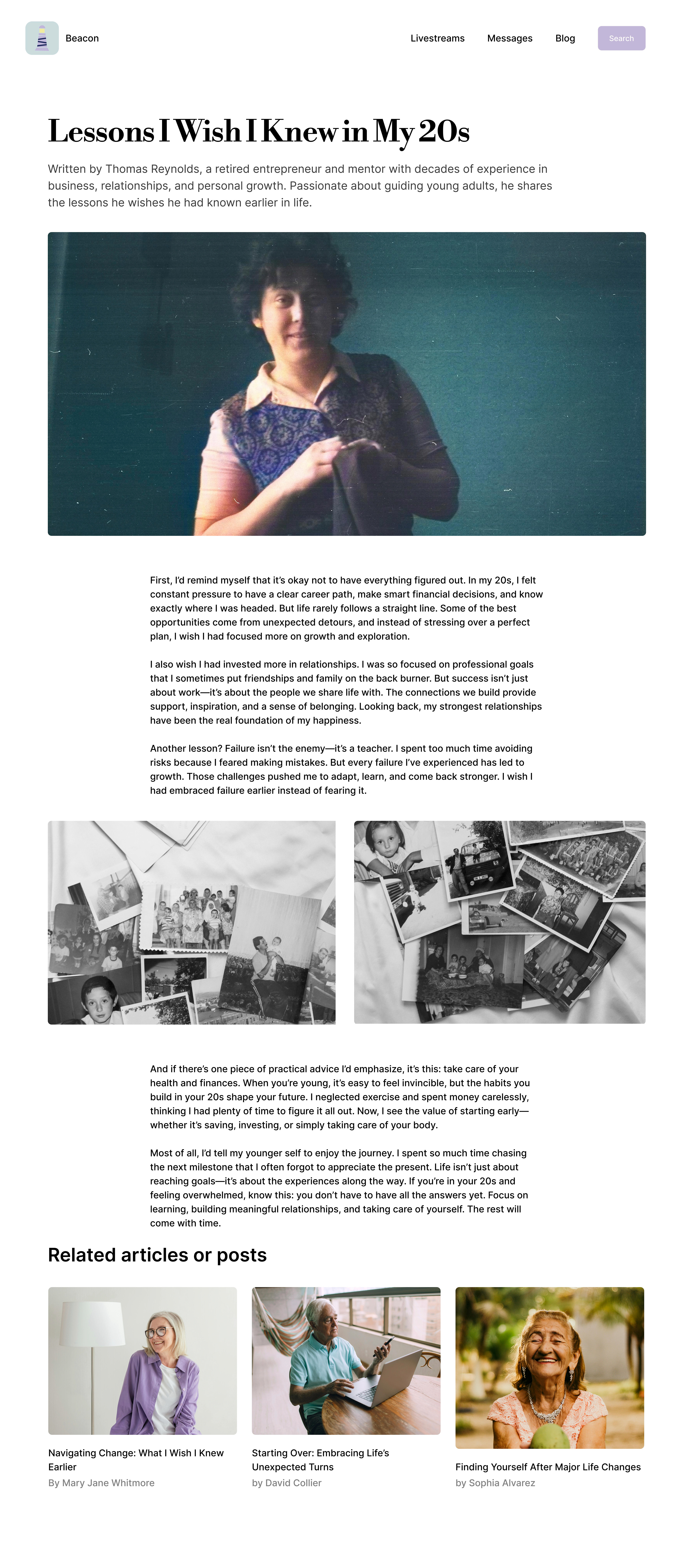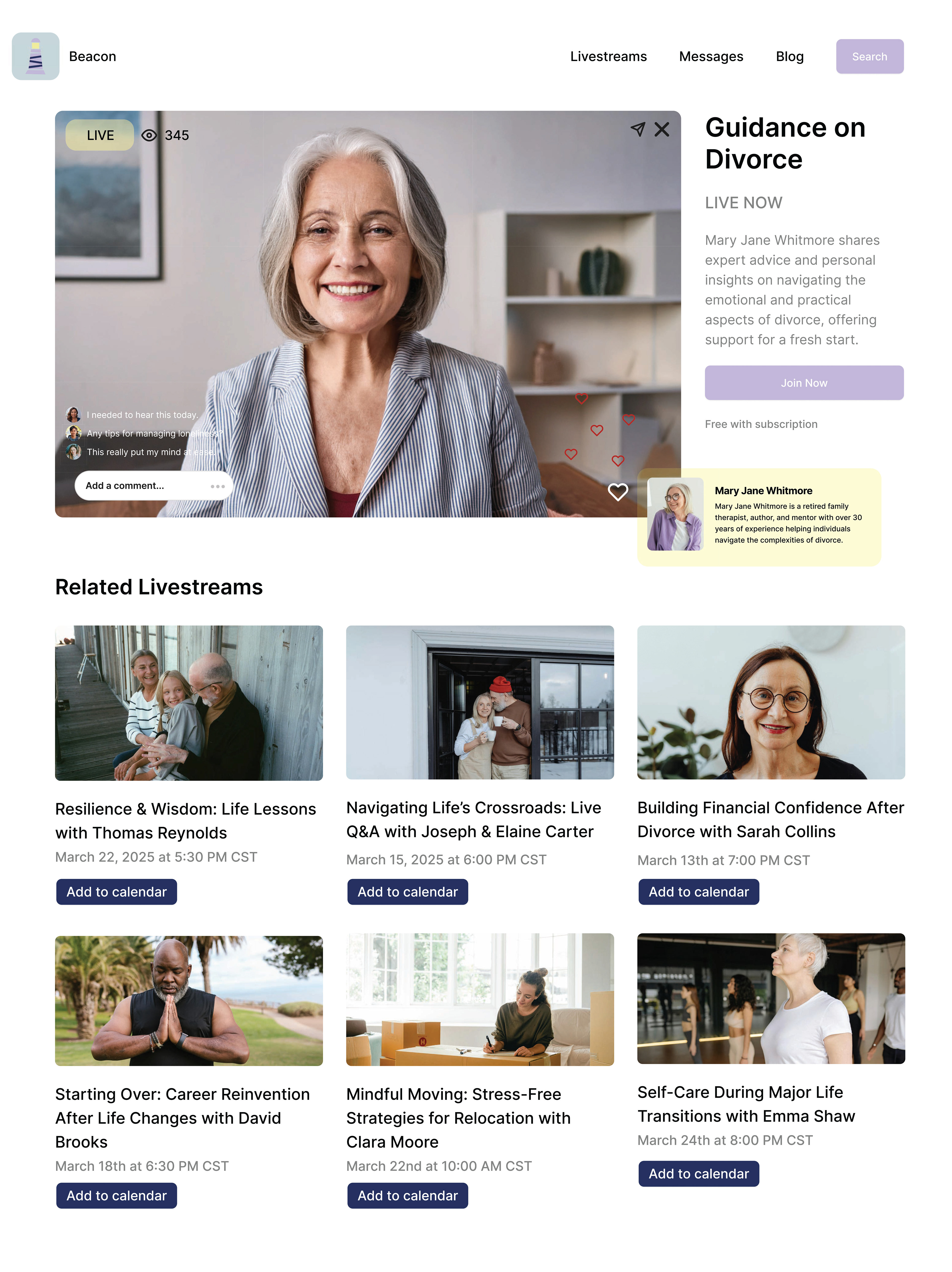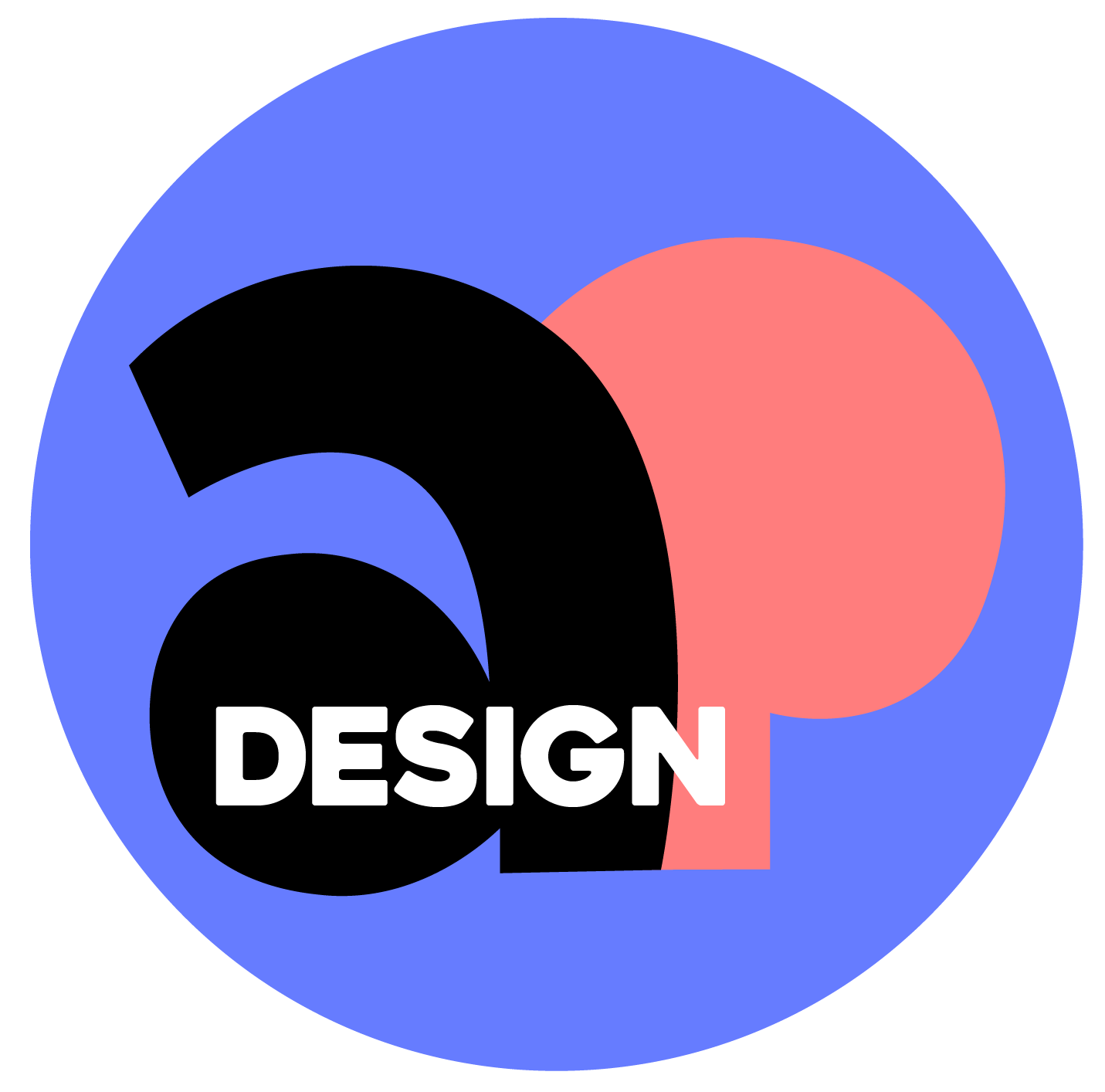User Experience Case Study
Problem
Many people face major life challenges but struggle to find guidance, especially when therapy is too expensive or difficult to access. Younger generations often seek real-world advice but don’t always have someone to turn to. At the same time, older generations hold valuable wisdom yet have limited opportunities to share it. Many also find themselves with free time searching for beneficial ways to spend their days. This disconnect leaves many without the support and perspective they need to navigate important life experiences.
Research
Competitive Analysis
The competitive analysis reveals that while existing platforms offer social networking, education, or event hosting, they fall short in delivering personalized, experience-driven mentorship. Most lack the combination of real-time connections, diverse content formats, and easy access to advice that Beacon provides. By offering one-on-one mentorship, relatable content, and a seamless user experience, Beacon stands out as a more engaging, accessible, and meaningful solution for connecting generations through shared wisdom.
Interview
I initially approached the project assuming that many seniors felt isolated and disheartened, based on existing research about aging and mental health. However, through interviews, I discovered that while some do experience these feelings, many are actually eager to build meaningful connections but simply lack the right opportunities and accessible avenues to do so.
Key Insights
Interviews revealed that while seniors value meaningful, purposeful connections, they often lack accessible platforms to foster them. Physical limitations, unfamiliarity with digital tools, and privacy concerns create barriers, despite their desire to share wisdom. Beacon offers a secure, user-friendly space that makes it easy for seniors to form genuine, impactful relationships with younger adults.
User Personas
To better understand the needs and motivations of both senior mentors and advice seekers, we created detailed user personas that reflect their goals, challenges, and preferences.
Journey Map
This journey map describes the interaction created for this study where two target users interacted at a senior living home. It serves as a model for those who experience connections throughout their daily life but feel they are left unfinished. The map describes the pain points experienced in the interaction along with the thoughts and emotions caused by this event.
How Might We...
Design Concept
Point of View Statement
Senior citizens need a platform to share their life experiences and wisdom, as it provides them with a sense of purpose and allows them to positively impact others.
Young adults need access to meaningful guidance and mentorship, as they often face the challenge of balancing multiple priorities and seeking direction during a pivotal stage of their lives.
Wireframe
User Feedback
This is what users noted during initial testing.
Prototype


Storyboard
Tom and Gary are both struggling to make meaningful connections in their new living situations, when they find Beacon. They enjoy reading or writing blog posts and Q&As, and eventually get more involved with livestreams and private chats. Tom feels more assured with help from his mentor, Gary, while Gary finds his purpose in helping others.
Responsibilities
For this UX case study, I conducted initial research and competitive analysis to understand the landscape and user needs. I created user personas, journey maps, and defined key concepts through "How Might We" and POV statements, alongside designing branding elements. Additionally, I sketched wireframes, created storyboards, and learned Figma to design interactive prototypes, ensuring the final product aligned with user insights and business goals.
Takeaways
The development of Beacon highlighted the importance of adapting the direction based on feedback from interviews, rather than relying solely on initial research, as research doesn’t always reflect the average user’s needs.
Based on the interviews, we expanded the target audience to include younger adults who could benefit from the life experiences shared by seniors, while also fulfilling the senior's need to create meaningful connections.
After refining sketches, we realized the prototype needed to evolve to better align with the intended user experience, focusing on the pages that most clearly conveyed the site’s purpose.
Ultimately, the project demonstrated that progress is rarely linear, and the path to a successful user experience requires flexibility and ongoing adjustments.
